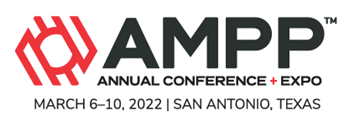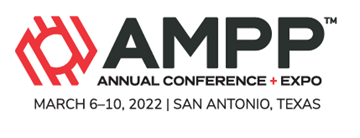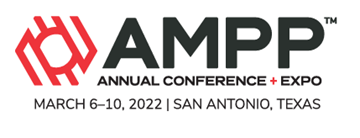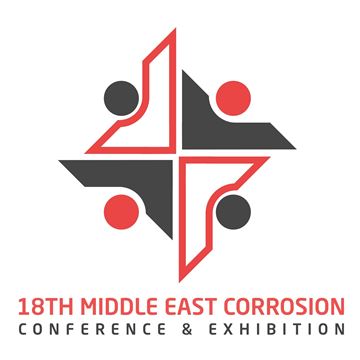Search
AMPP Conference Papers
View as
Sort by
Display
per page
Investigating The Effect Of H2S And Corrosion Inhibitor On The Corrosion Of Mild Steel Under High Pressure CO2 Conditions
Product Number:
51322-17943-SG
Publication Date:
2022
$20.00
Investigating the Effect of Trace O2 Concentrations on CO2 Corrosion Mechanisms
Product Number:
51324-20996-SG
Publication Date:
2024
$40.00
Investigating the thermal stability and corrosivity of biocrude oil at FCC feeding temperatures for co-processing applications
Product Number:
51323-18895-SG
Publication Date:
2023
$20.00
Investigating the Trends in Coating Degradation During Long Term Accelerated Testing
Product Number:
51324-21021-SG
Publication Date:
2024
$40.00
Investigation & Mitigation Of Corroding Unbonded Post-Tension Tendons
Product Number:
51322-17781-SG
Publication Date:
2022
$20.00
Investigation of CO2 Corrosion Inhibitor Adsorption and Desorption Behavior Using Langmuir Isotherm Model and Effects of Iron Carbide on CI Persistency
Product Number:
51323-19451-SG
Publication Date:
2023
$20.00
Investigation Of Corrosion In WAAM Manufactured Materials
Product Number:
51322-18133-SG
Publication Date:
2022
$20.00
Investigation of MEG-Water Co-Condensation by In-Situ Refractometry
Product Number:
51323-19285-SG
Publication Date:
2023
$20.00
Investigation of Microbial Sources in Corrosion of Crude Pipelines and Processing Facilities
Product Number:
MECC23-19973-SG
Publication Date:
2023
$20.00
Investigation of Painted Steel Piles at a Marine Commerce Terminal in Coastal New England
Product Number:
51323-18780-SG
Publication Date:
2023
$20.00
Investigation of passive film formation on UNS N08935 in high chloride solution – Alternative method for advanced material selection
Product Number:
51323-19266-SG
Publication Date:
2023
$20.00
Investigation of Polymeric Elastomers for Cavitation and Erosion Resistance
Product Number:
51323-18950-SG
Publication Date:
2023
$20.00












